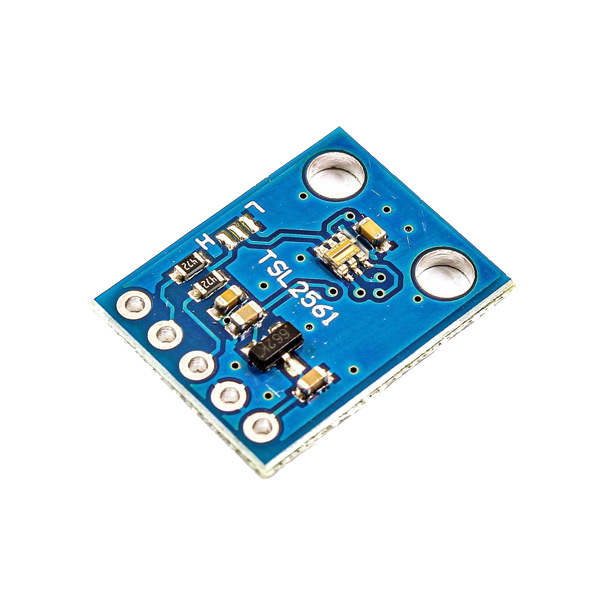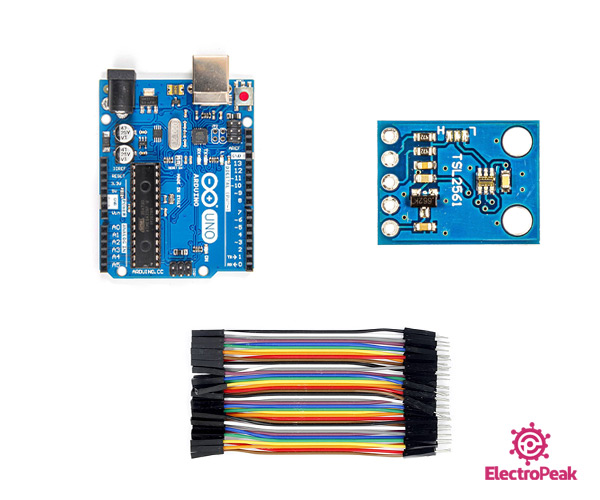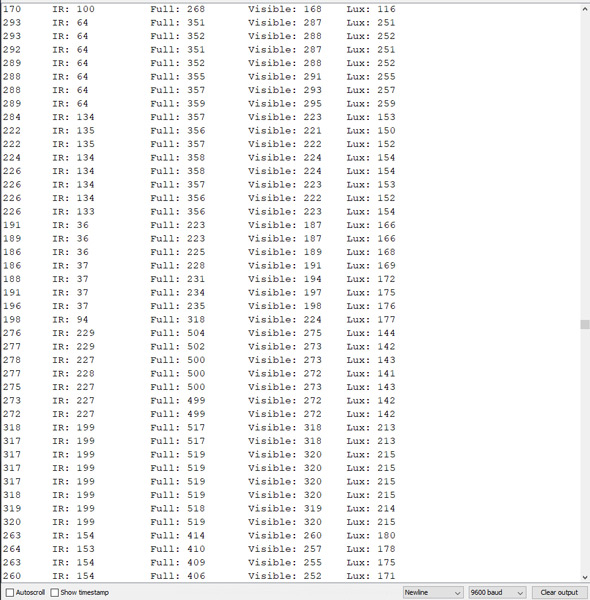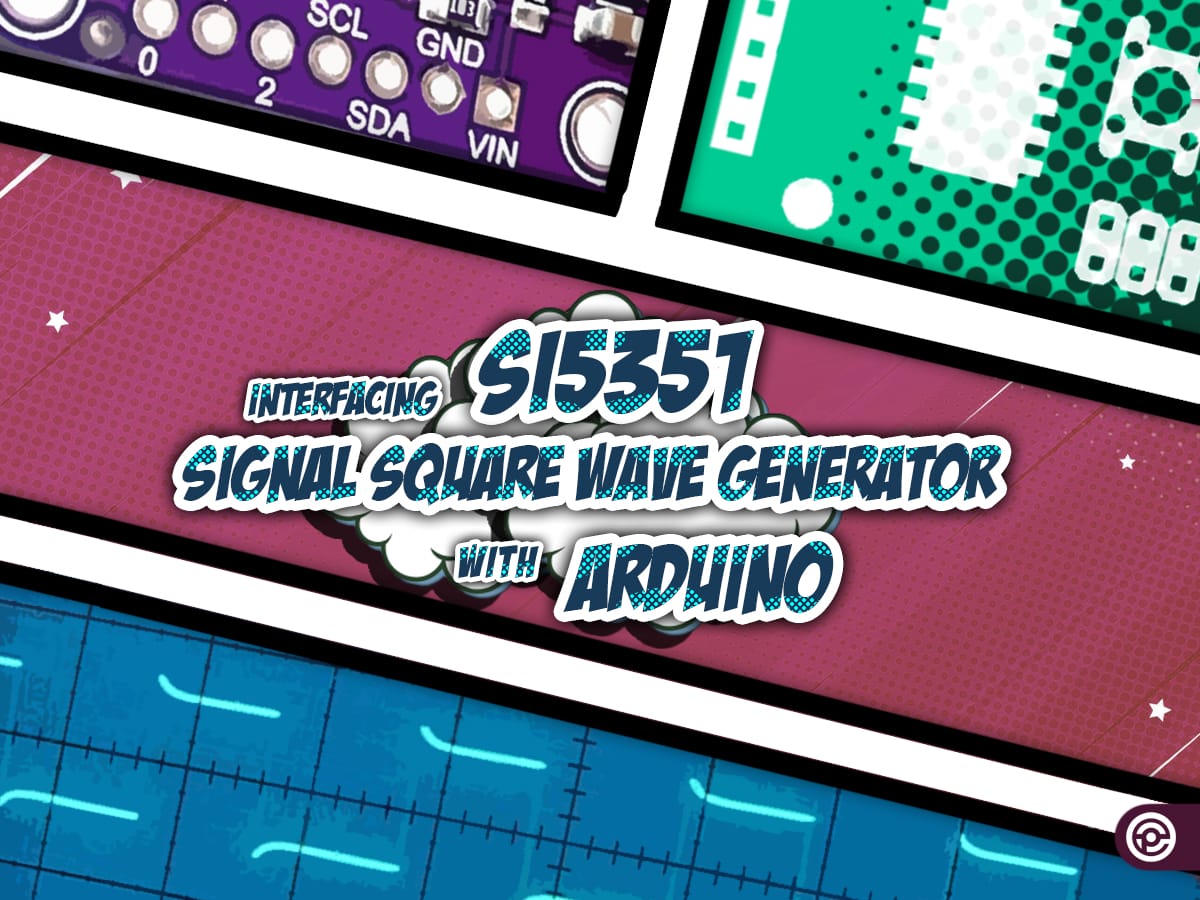ویژگی های سنسور سنجش نور TSL2561
سنسور TSL2561 یک سنسور نوری پیچیده میباشد که قابلیت تشخیص طیف گسترده ای از نورهای مرئی و فروسرخ را دارد.
این ماژول دارای بازه اندازه گیری نور: 0.1 – 40k لوکس بوده و از رابط I2C برای برقراری ارتباط استفاده میکند.
جهت دریافت دیتاشیت سنسور سنجش نور اینجا کلیک کنید.
معرفی پایه ها (Pinout) سنسور نور TSL2561
سنسور TSL2561 دارای 5 پایه به شرح زیر است:
- VCC: تغذیه ماژول – 5 ولت
- GND: زمین
- SLC: همزمان سازی برای پروتکل I2C
- SDA: اطلاعات برای پروتکل I2C
- INT: تنظیم آدرس پروتکل I2C
پین اوت (Pinout) این ماژول را می توانید در تصویر زیر مشاهده کنید.
لوازمی که به آن احتیاج دارید
قطعات مورد نیاز
نرم افزارهای مورد نیاز
راه اندازی سنسور سنجش نورTSL2561 با آردوینو
گام اول: سیم بندی
مطابق مدار زیر، ماژول را به آردوینو وصل کنید.
گام دوم: کد
ابتدا کتابخانه زیر را بر آردوینوی خود نصب کنید.
توجه
اگر به راهنمایی بیشتر برای نصب کتابخانه نیاز دارید، می توانید به آموزش نصب کتابخانه در آردوینو IDE مراجعه کنید.
کد زیر را روی برد آردوینوی خود آپلود کنید.
/*
modified on Sep 14, 2020
Modified by MohammedDamirchi from https://github.com/adafruit/TSL2561-Arduino-Library.git
https://electropeak.com/learn/
*/
#include <Wire.h>
#include "TSL2561.h"
// Example for demonstrating the TSL2561 library - public domain!
// connect SCL to analog 5
// connect SDA to analog 4
// connect VDD to 3.3V DC
// connect GROUND to common ground
// ADDR can be connected to ground, or vdd or left floating to change the i2c address
// The address will be different depending on whether you let
// the ADDR pin float (addr 0x39), or tie it to ground or vcc. In those cases
// use TSL2561_ADDR_LOW (0x29) or TSL2561_ADDR_HIGH (0x49) respectively
TSL2561 tsl(TSL2561_ADDR_FLOAT);
void setup(void) {
Serial.begin(9600);
if (tsl.begin()) {
Serial.println("Found sensor");
} else {
Serial.println("No sensor?");
while (1);
}
// You can change the gain on the fly, to adapt to brighter/dimmer light situations
//tsl.setGain(TSL2561_GAIN_0X); // set no gain (for bright situtations)
tsl.setGain(TSL2561_GAIN_16X); // set 16x gain (for dim situations)
// Changing the integration time gives you a longer time over which to sense light
// longer timelines are slower, but are good in very low light situtations!
tsl.setTiming(TSL2561_INTEGRATIONTIME_13MS); // shortest integration time (bright light)
//tsl.setTiming(TSL2561_INTEGRATIONTIME_101MS); // medium integration time (medium light)
//tsl.setTiming(TSL2561_INTEGRATIONTIME_402MS); // longest integration time (dim light)
// Now we're ready to get readings!
}
void loop(void) {
// Simple data read example. Just read the infrared, fullspecrtrum diode
// or 'visible' (difference between the two) channels.
// This can take 13-402 milliseconds! Uncomment whichever of the following you want to read
uint16_t x = tsl.getLuminosity(TSL2561_VISIBLE);
//uint16_t x = tsl.getLuminosity(TSL2561_FULLSPECTRUM);
//uint16_t x = tsl.getLuminosity(TSL2561_INFRARED);
Serial.print(x, DEC);
Serial.print("\t");
// More advanced data read example. Read 32 bits with top 16 bits IR, bottom 16 bits full spectrum
// That way you can do whatever math and comparisons you want!
uint32_t lum = tsl.getFullLuminosity();
uint16_t ir, full;
ir = lum >> 16;
full = lum & 0xFFFF;
Serial.print("IR: "); Serial.print(ir); Serial.print("\t\t");
Serial.print("Full: "); Serial.print(full); Serial.print("\t");
Serial.print("Visible: "); Serial.print(full - ir); Serial.print("\t");
پس از اجرای کد تصویر زیر را در خروجی سریال مشاهده میکنید.







